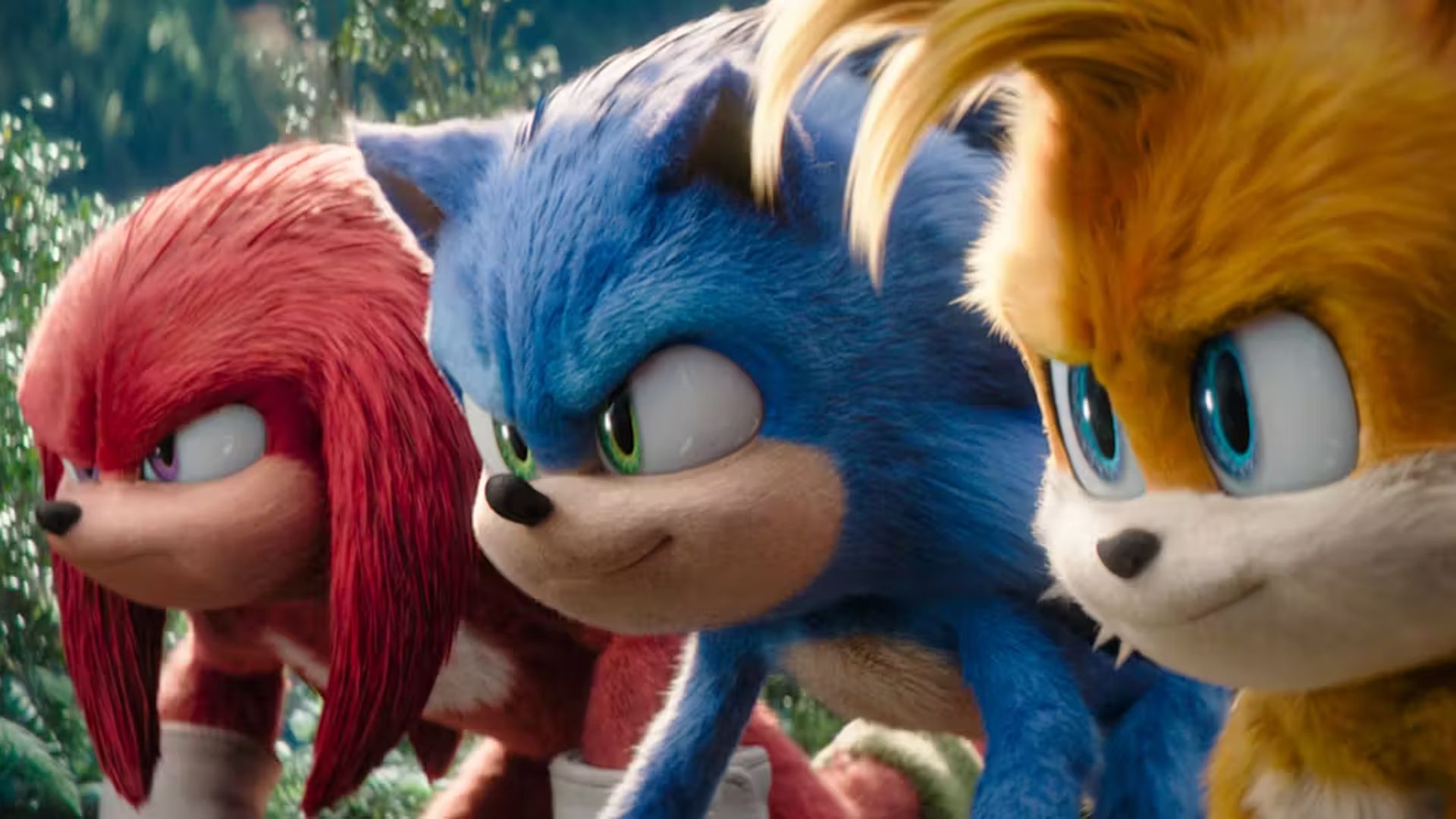
Quick Links
As Sonic the Hedgehog has been a dominant force at the box office during the holiday season, it has become abundantly clear that the franchise as a whole has become the best video game to movie adaption to date. The bar might seem low, given the fact that so many video game movies tend not to live up to their source material and usually aren’t very good, but there are some, every so often, that break the mold.
2006’s Silent Hill has been well-received over time by fans, while 2021’s take on Mortal Kombat, despite a few nitpicks, was also a step in the right direction. What makes them difficult to get right is that there are usually a lot of backstories to adapt, which can sometimes be hard to translate for the big screen, but the Sonic the Hedgehog franchise has seemed to get around that by having a genuine affinity for the source material, universe-building that makes sense and just enough heart to make it relatable for the child and adult in all of us.
For the uninitiated, Sonic the Hedgehog began as a video game series created by Yuji Naka, Naoto Ohshima, and Hirokazu for Sega. Beginning in 1990, the Sonic the Hedgehog world would eventually consist of a large cast of characters, each with backstories that proved to make them interesting for the gaming audience. It all started with Sonic trying to stop Eggman and his numerous attempts at world domination as he goes through a series of interesting levels and locales while engaging players with its flashy colors and fast-paced gameplay, a signature of the brand given Sonic’s exceptional speed.
The games became so popular that characters such as Miles “Tails” Prower, Knuckles the Echidna, and Shadow the Hedgehog earned their own spin-offs, and it also became a huge media franchise, becoming one of the bestselling video game franchises of all time, generating $5 billion+ in revenue.
The ‘Sonic the Hedgehog’ Franchise Has Been Successful at Universe-Building
Universe-building may not be liked by some, but when it’s done right, it can feel more like a natural direction of the narrative rather than a cash grab. The Sonic the Hedgehog franchise has successfully established universe-building through three films and a TV series, with the potential of more spin-off efforts to expand the world in a natural way across film and television. This success began with the inclusion of Knuckles (voiced by Idris Elba) in Sonic the Hedgehog 2.
Related
‘Sonic the Hedgehog 3’s Major Post-Credits Scenes, Explained
Sonic the Hedgehog 3 is already a hit, and the series is getting a fourth film. The post-credits scenes give a hint at what’s to come.
Setting him up naturally as an adversary to Sonic (voiced by Ben Schwartz), the second film took his history and managed to seamlessly include him in an already packed film featuring CGI animated characters and human actors. At first, Knuckles is partnered with Dr. Ivo Robotnik (Jim Carrey) to find the Master Emerald, something Sonic and his team must stop. However, at the heart of the story is setting up the differences between Sonic and Knuckles, which not only focuses on universe-building but also character-building.
After the first film, Sonic now lives with the Wachowskis (James Marsden and Tika Sumpter), and he’s trying to help save the public as a sort of vigilante, but Sonic has yet to properly learn about teamwork and not being reckless. With the inclusion of Knuckles, the perfect juxtaposition is started because he’s a warrior with a sense of honor and ethics, something that Sonic lacks and is learning to achieve. What Sonic has that Knuckles lacks is a sense of camaraderie and family, something Sonic now has with the Wachowskis.
This is driven even further by the addition of Tails (voiced by Colleen O’Shaughnessey) in the film, especially after he rescues Sonic. All three characters are looking for something, and, in the end, it’s the themes of teamwork that make them the perfect trio by the end of the movie. At that point, after two movies, the character of Sonic is allowed to grow in a real way while adding characters from the game that not only please the fans, but serve as a natural addition to the story.
The Creatives Love the ‘Sonic the Hedgehog’ Characters and Universe
Your changes have been saved
Release Date
December 20, 2024
Runtime
109 Minutes
Sonic the Hedgehog also benefits greatly from creatives who clearly love the franchise and the characters that inhabit it. In many ways, director Jeff Fowler, who has helmed all three films so far, has been the perfect choice to spearhead the brand in film because he has a history with the series that pre-dates the movies. Fowler worked on the CGI film production of the 2005 video game Shadow the Hedgehog, a character whose story is brought to life in a surprisingly deep way in the third film with the vocal help of Keanu Reeves.
Related
‘Sonic the Hedgehog 4’ Is Happening, and We Need the Movie to Adapt This Incredible Game
Based on characters and story events, ‘Sonic the Hedgehog 4’ must adapt Sonic CD and Sonic Heroes next.
After introducing Shadow during a mid-credits scene in the second film, Fowler went deep into making sure the character was brought to life in the right way, and it’s this attention to detail and genuine character interest that makes the franchise stand out from most. There seems to be a natural union between the director and writers in these films, and you can feel the love for the characters throughout. It’s clear that the franchise wouldn’t be as successful with a behind-the-scenes team that loves the material.
The movies have a lot of heart and manage to balance the human stories alongside the CGI animated stories, which is no easy feat since most studios would most likely try to force the animated more than the human angle. Sonic’s evolving relationship with the Wachowskis is at the heart of the films, and it showcases not only how he changes as a character but also how they change by taking care of him and his alien friends. Even Carrey’s Robotnik received significant character growth in the third movie with the addition of his grandfather, Gerald Robotnik (also Carrey), showcasing that even villains want to feel the love and appreciation of family.
What can’t be denied is how critics and audiences have responded to the evolution of Sonic the Hedgehog on the big screen. Each film has received solid reviews, and they have even improved with each installment and have become quite financially successful. The third film is currently still doing business in theaters, and it’ll also be a financial success by the end of its run. If anything, the franchise proves that in order for video game movie adaptations to work, there has to be a love and affinity for the source material, a respect for the fans and audience, and a natural progression of the narrative that doesn’t feel cheap and thrown together for a quick buck. Sonic the Hedgehog 3 is currently in theaters, and the first two films are streaming on Paramount+.
You can view the original article HERE.

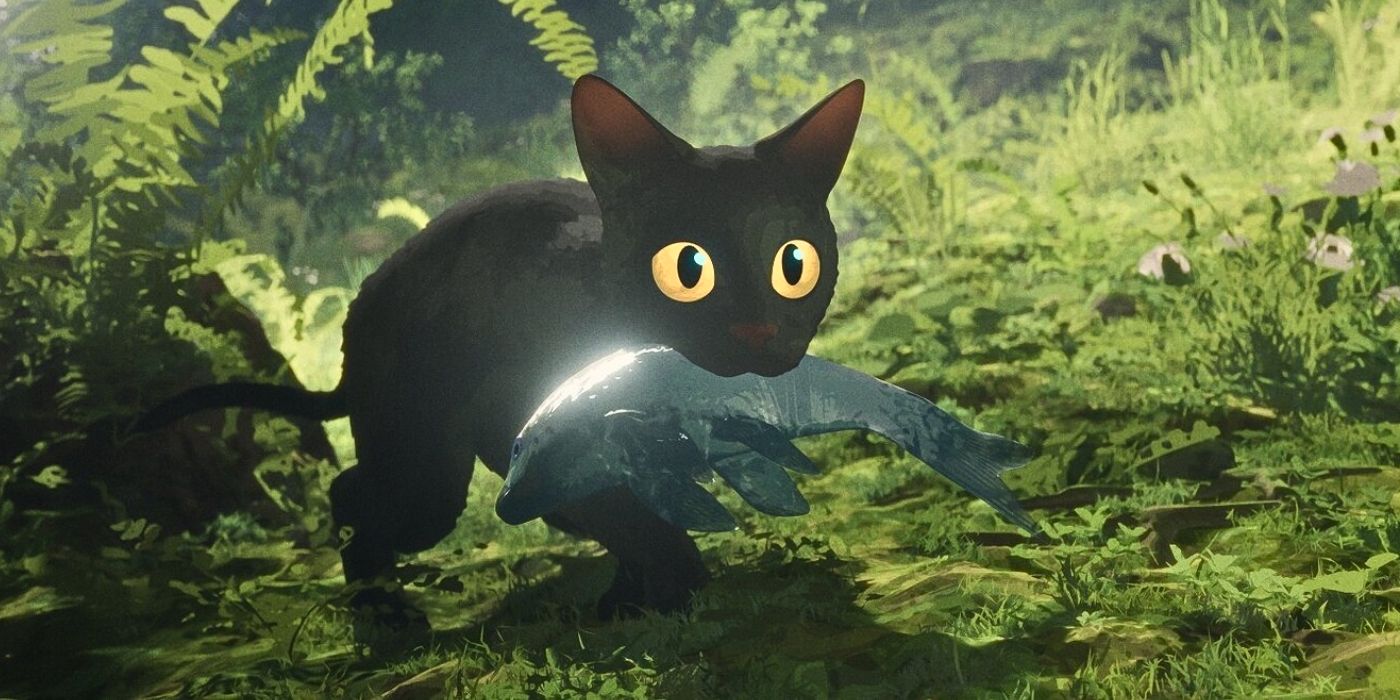
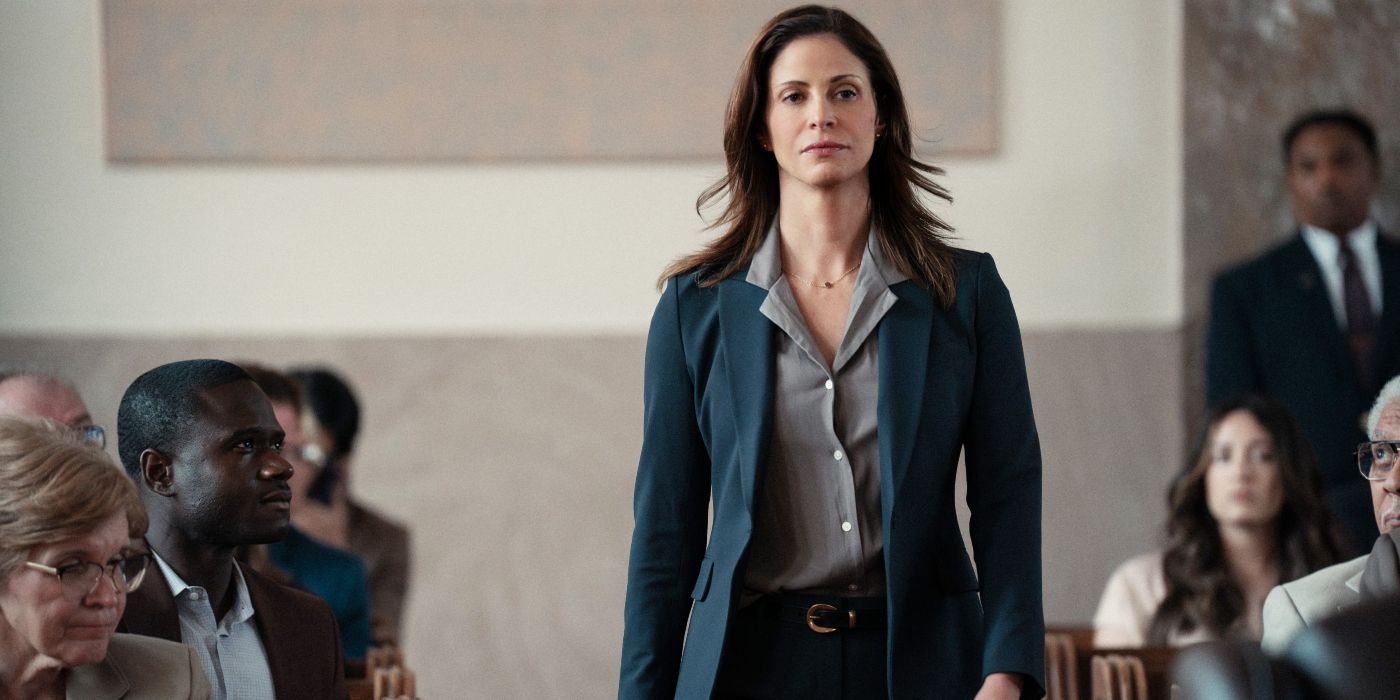










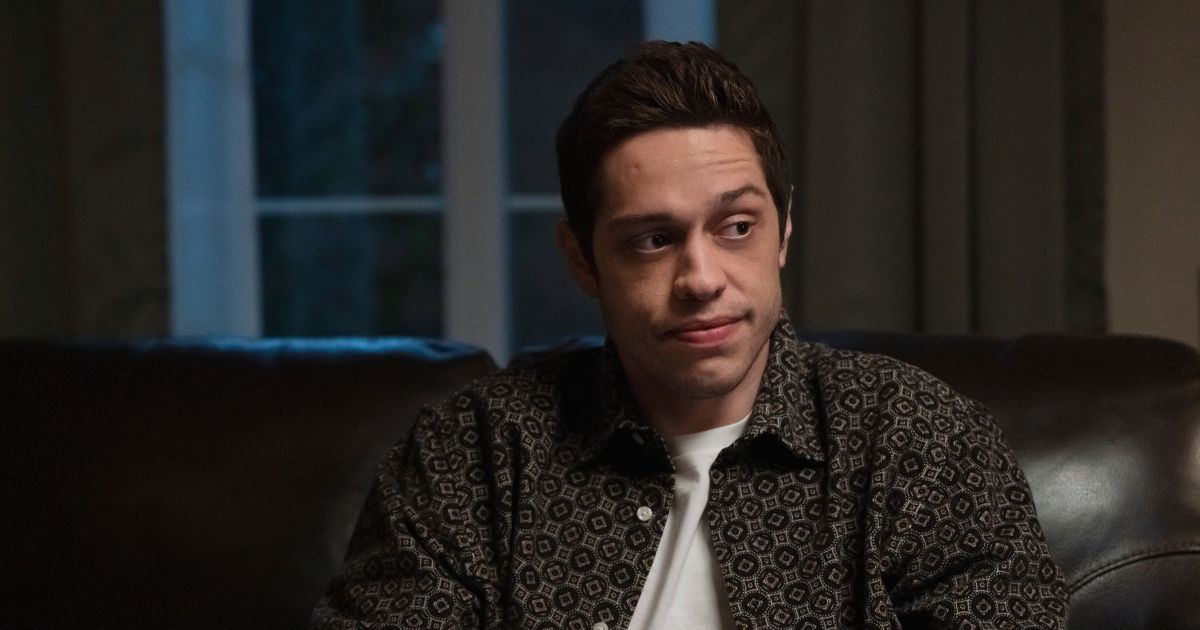


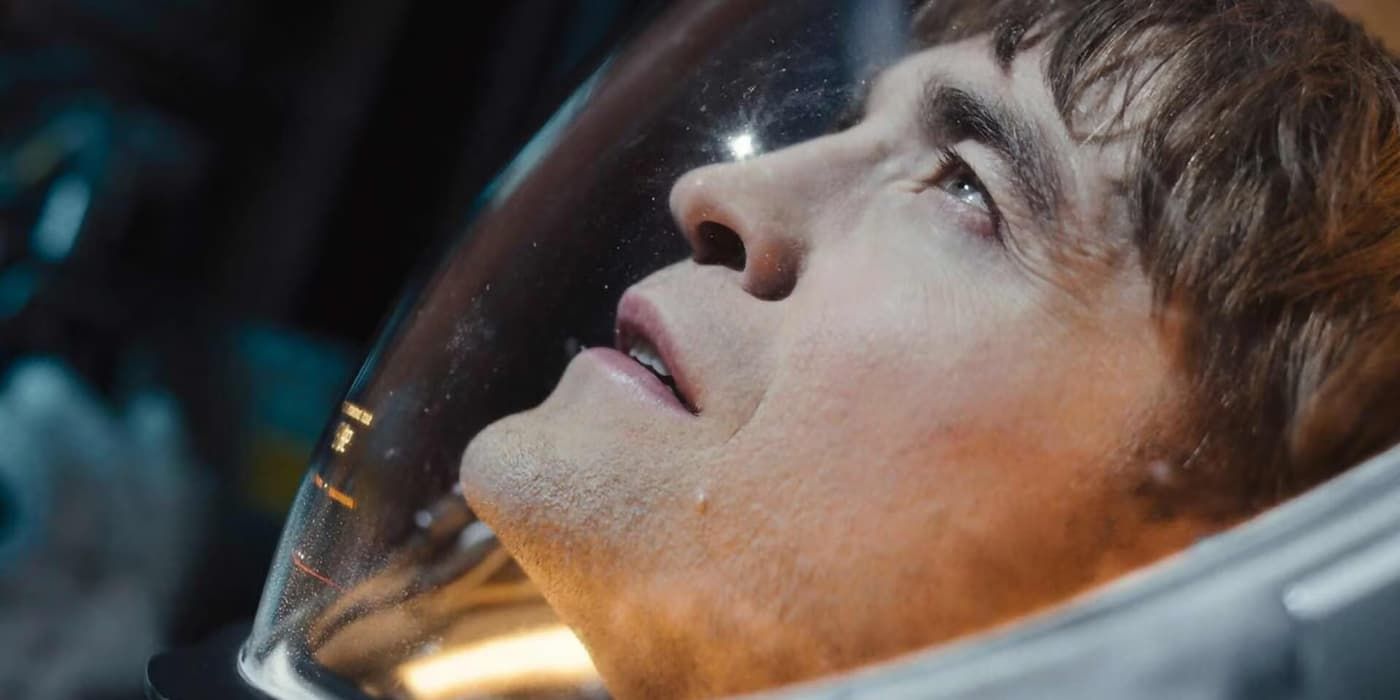


![Tom Hardy & Guy Ritchie’s ‘MobLand’ Crime Drama Lands [X] Rotten Tomatoes Score Tom Hardy & Guy Ritchie’s ‘MobLand’ Crime Drama Lands [X] Rotten Tomatoes Score](https://static1.moviewebimages.com/wordpress/wp-content/uploads/2025/03/tom-hardy-in-guy-ritchie-s-mobland.jpg)





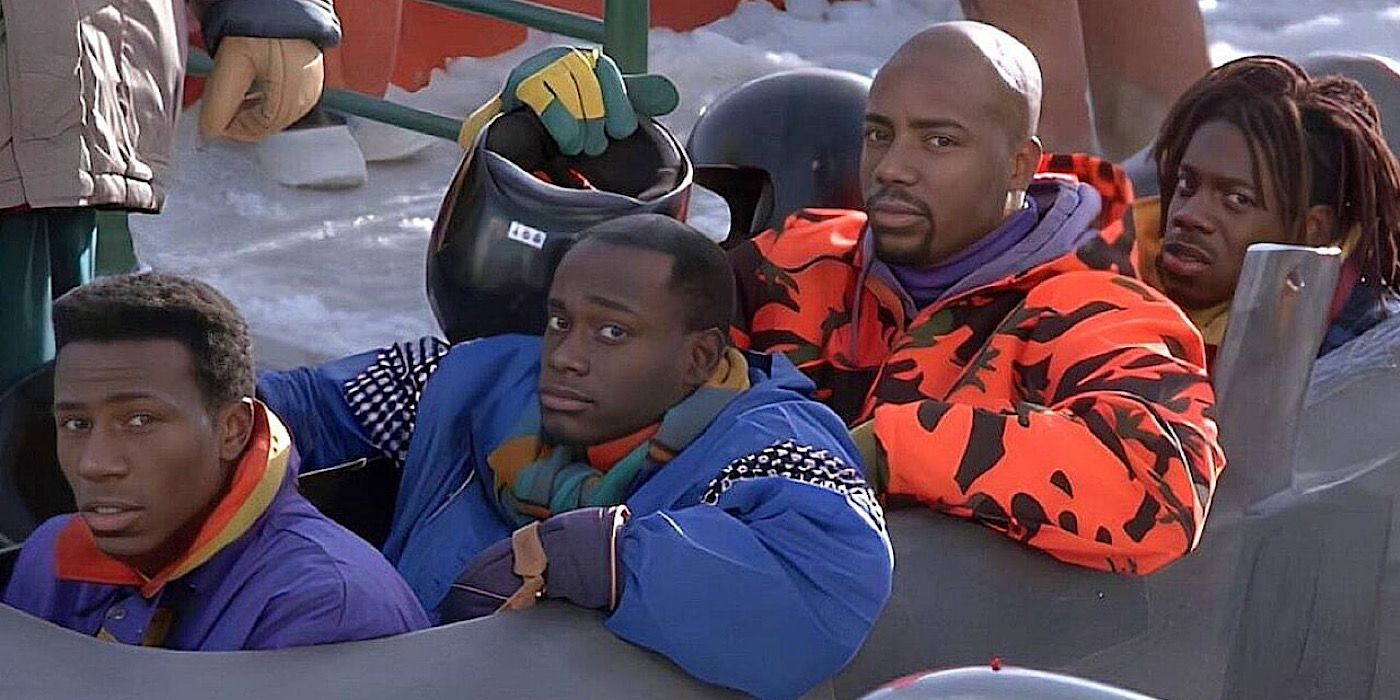
:quality(85):upscale()/2025/04/01/828/n/1922564/9432574867ec361a713285.06370027_.jpg)


